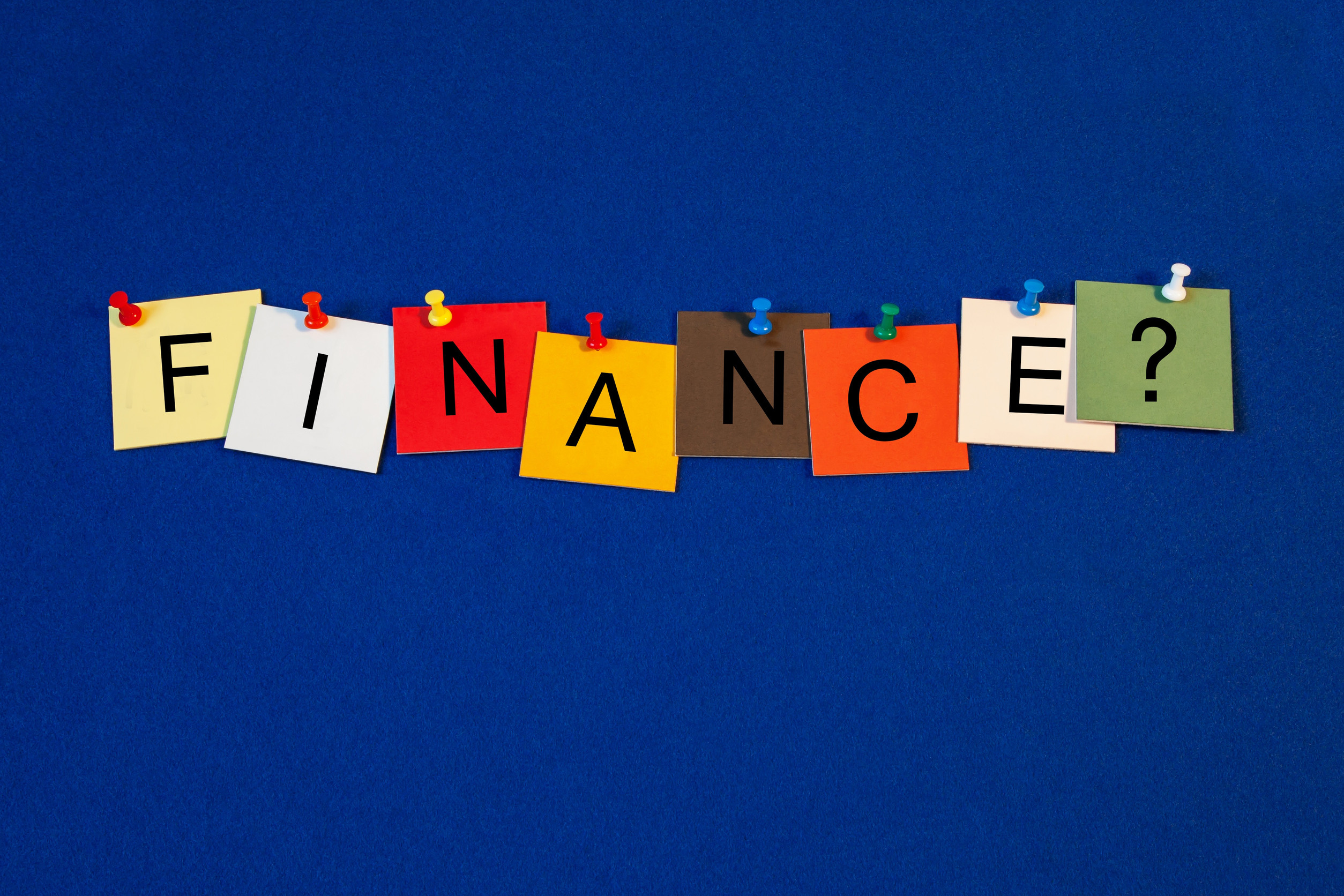
Image Source: pexels.com
1. The Inflation Boomerang: How Tariffs Hit Your Wallet
The sweeping tariffs introduced in early April 2025 have created immediate economic ripples far beyond political headlines. With the U.S. implementing a general 10% import tariff on nearly all goods and country-specific tariffs ranging from 11% to 50%, American consumers feel the squeeze. According to McKinsey research, the U.S. weighted-average tariff rate has skyrocketed from approximately 2% to over 20% in just a few months—the highest level in a century (McKinsey, 2025).
For the average family, this translates to higher prices across everyday purchases. Each 10% tariff increase typically raises producer prices by about 1%, with studies showing nearly complete consumer pass-through. That morning coffee maker? More expensive. Your child’s new shoes? Pricier. The medication your parent needs? The cost has increased.
Ironically, while the U.S. pursues an “America First” agenda, Europe may benefit from lower inflation than America, as manufacturing shifts to avoid U.S. tariffs (CNN, 2025).
2. Job Market Whiplash: Winners and Losers in the Employment Landscape
The employment impact of tariffs creates a complex patchwork of winners and losers across industries. While protected sectors like steel and aluminum manufacturing have seen modest job growth, industries dependent on imported inputs suffer significant losses. Research on previous tariff rounds showed that a 1.8% relative employment decline—equivalent to approximately 220,000 jobs—occurred in industries heavily reliant on imported materials.
The 2025 tariffs being substantially higher, the employment impact could be even more severe. The Richmond Federal Reserve estimates that adding 25% tariffs on imports from Canada and Mexico raises the average effective tariff rate (AETR) to 10.4%, with Mexico’s and Canada’s effective rates rising sharply to 15.5% and 11.9%, respectively Richmond Fed, 2025.
For workers in manufacturing hubs dependent on global supply chains, this means increased uncertainty and potential layoffs, while those in protected industries may see temporary job security, though often at the expense of broader economic growth.
3. Supply Chain Scramble: Businesses Forced to Rethink Everything
The global supply chain, already strained from pandemic disruptions, is now undergoing another radical transformation. Companies are urgently reassessing their entire operational models, with many implementing “just-in-case” rather than “just-in-time” inventory strategies to buffer against tariff volatility.
Transport and logistics providers report significant disruptions, including “sudden cost increases due to new or updated tariffs on goods in transit, delays linked to new customs documentation and inspection procedures, and contract renegotiations or cancellations due to tariff-driven price shifts” DLA Piper, 2025.
Small businesses are particularly vulnerable, lacking the resources to pivot supply chains quickly or absorb increased costs. Many are facing impossible choices between raising prices and risking customer loss or maintaining prices and watching profit margins disappear.
4. Global Economic Contagion: Recession Risks Rising
The ripple effects of these tariffs extend far beyond U.S. borders. According to a recent Reuters poll, “risks are high that the global economy will slip into recession this year,” with economists citing U.S. tariffs as having damaged business sentiment worldwide Reuters, 2025.
Financial markets have responded with heightened volatility as investors struggle to price in the uncertain future of global trade. The EU is exploring the deployment of its Anti-Coercion Instrument, which could further escalate trade tensions through additional customs duties and import/export controls.
For countries like South Africa, trade economists are advising a shift in narrative from “damage” to “opportunities,” suggesting the need to forge stronger partnerships with China, the EU, India, and within Africa Moneyweb, 2025.
5. Shifting Consumer Behavior: Adapting to the New Normal
As tariffs reshape the economic landscape, consumer behavior is evolving in response. With import prices rising, many Americans are reconsidering purchasing patterns, seeking domestically produced alternatives, or simply delaying major purchases.
The CFO Survey for Q1 2025 reveals that over 30% of firms now identify trade and tariffs as their most pressing business concern, up sharply from just 8.3% in the previous quarter. This heightened sensitivity reflects widespread concern about the potential economic consequences of recent tariff proposals.
For consumers, this translates to a more cautious approach to spending, particularly on big-ticket items like vehicles and electronics. Though certain consumer electronics like smartphones and computers have been temporarily exempted from increased tariffs on Chinese goods, uncertainty about future policy changes continues to influence purchasing decisions.
Finding Opportunity in Chaos: The Path Forward
While tariffs have created significant economic disruption, they’ve also opened new possibilities for businesses and individuals willing to adapt. Companies that can quickly reconfigure supply chains, develop local sourcing alternatives, or offer tariff navigation services are finding competitive advantages in this new landscape.
For investors, sectors less dependent on global trade may offer safer havens, while those positioned to benefit from reshoring initiatives could see growth opportunities. And for consumers, developing greater awareness of product origins and price sensitivities can lead to more informed purchasing decisions in this volatile environment.
How are tariffs affecting your financial decisions? Have you noticed price increases on everyday items or changed your purchasing habits? Share your experiences in the comments below.
Read More
Futures Trading and Economic Indicators: What You Need to Know
The Fed, the Dollar, and Opportunities

Travis Campbell is a digital marketer/developer with over 10 years of experience and a writer for over 6 years. He holds a degree in E-commerce and likes to share life advice he’s learned over the years. Travis loves spending time on the golf course or at the gym when he’s not working.



